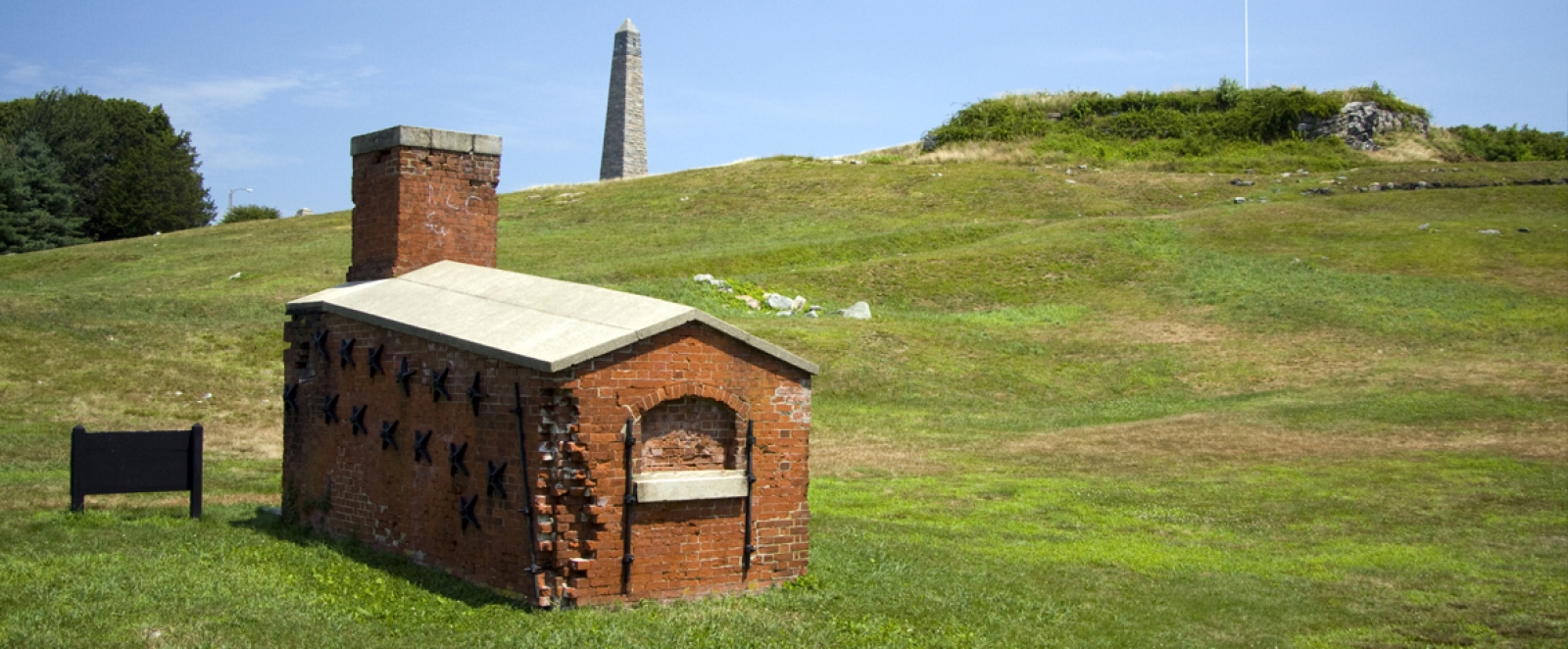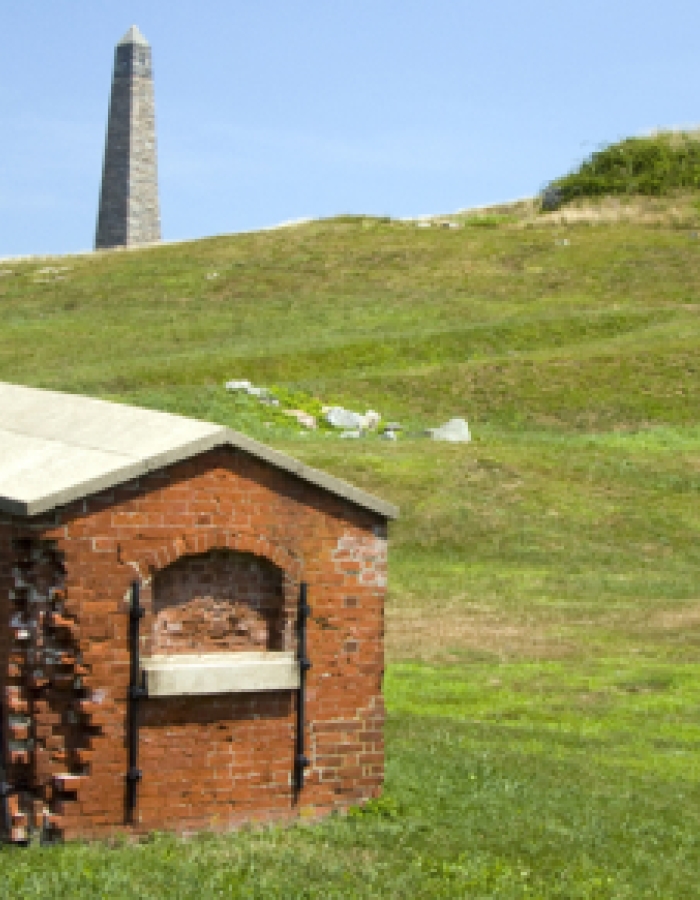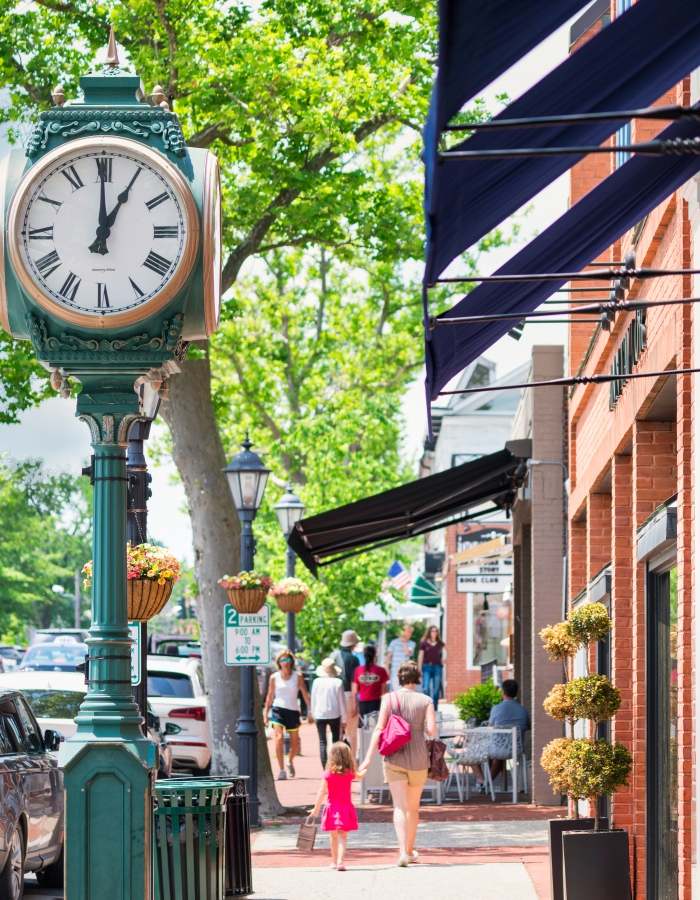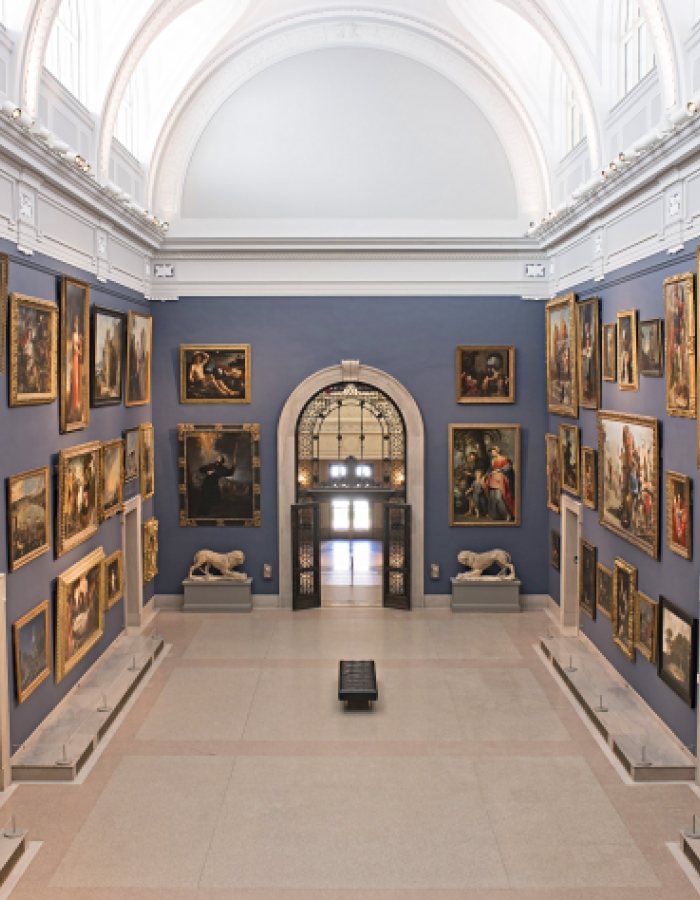







Remembering the Revolution
It was 240 years ago this year, in 1776, that the colonies declared their independence from British rule. Feelings ran high in Connecticut, which would later become known to Gen. Washington and other leaders as the Revolution’s “Provision State.” You can recall those remarkable days of long ago at any or all of the Connecticut revolutionary sites.
Recalling Benedict Arnold
In September 1781, on the site of Fort Griswold Battlefield State Park in Groton, British troops under the guidance of Benedict Arnold raided and burned New London in the Battle of Groton Heights. Arnold was a traitor, and he gave the British enough secrets about the Americans’ defenses so they were able to prevail after a pitched battle. Prior to the battle, the fort defended the harbor (along with Fort Trumbull on the opposite side) and allowed New London the security it needed to become a major supply center for the Continental Army. Today the site here includes the restore earthwork battery, cannons, monuments and memorials.
An Unlikely Headquarters
To this day, the small, rural town of Lebanon seems a little amazed that it “played an unexpectedly important role in the American Revolution.” But it did, and visitors there today will still find some of the flavor of life during that far-off time. Begin your visit at the Lebanon Historical Society Museum and Visitor Center, then on to the Governor Trumbull House (at first, he was the only Colonial governor to support the independence movement) and the Revolutionary War Office, where the Revolutionary Council of Safety held more than 1,000 meetings during the war, and where Gens. Washington, Knox, Rochambeau and the Marquis de Lafayette were visitors.
Historic Wethersfield
George Washington was a frequent visitor to Old Wethersfield, as well, where many of the attractions predate the Revolution. The Webb-Deane-Stevens Museum consists of three houses – the Joseph Webb House served as Washington’s headquarters in May 1781 and the Silas Deane House was built for America’s Revolutionary War diplomat to France.
Battling Back the British
Before Benedict Arnold was a turncoat, he was an inspirational leader, never more so than during the Battle of Ridgefield in April 1777. Here, outmanned Colonial forces engaged British troops three separate times as the latter attempted to return to the coast after burning a supply depot in Danbury. Arnold was one of the leaders of the revolutionary side and dispatched with a British soldier while trapped beneath his fallen horse. The story of the battle can be found at the Keeler Tavern Museum, where a cannonball from that day remains lodged in the side of the building.
Winter Encampment
Putnam Memorial State Park in Redding is located on the site chosen by Major General Israel Putnam as the encampment for his troops during the winter of 1778-79. Today, the park holds the remains of the encampment, reconstructed log buildings and a museum, where large display panels tell the story of the war in general, Connecticut’s role in it and the events that took place during Putnam’s winter encampment.
Special Delivery

Connecticut, Delivered Right to Your Fingertips
Share your email address to receive our free newsletter and be the first to see the latest travel deals, attractions and news from CTvisit.com!
















